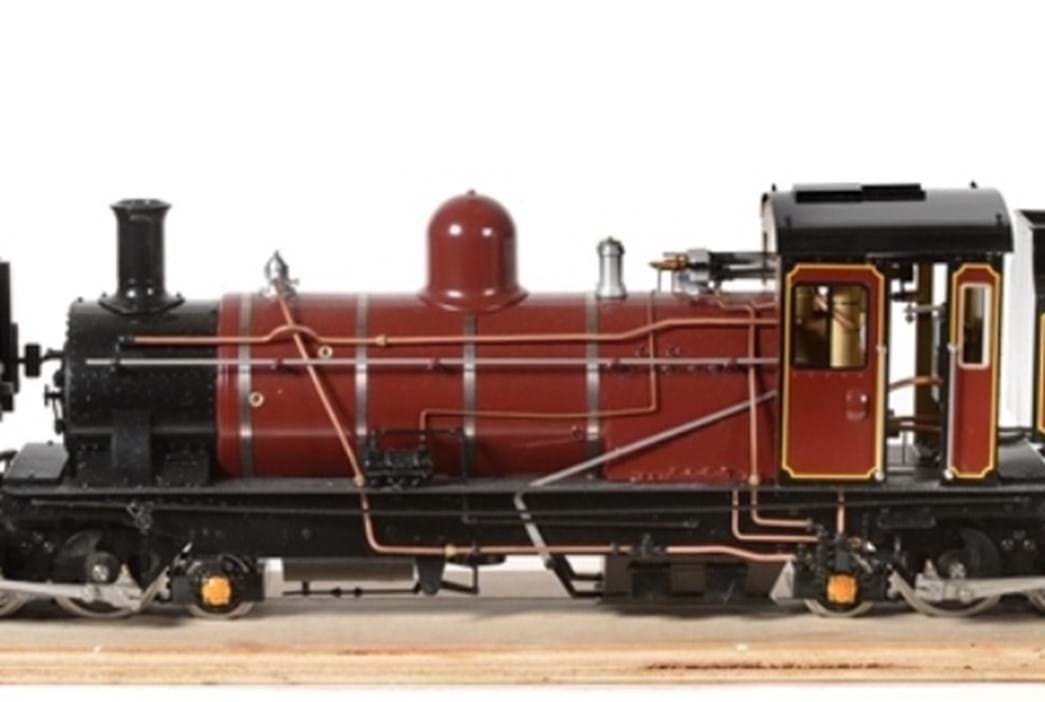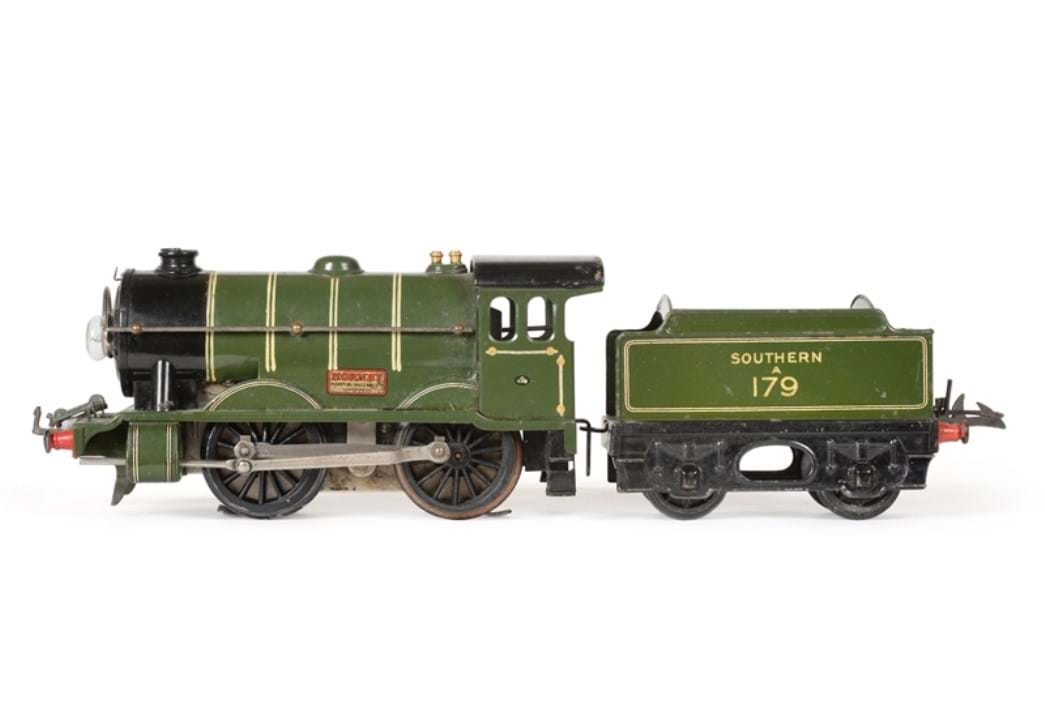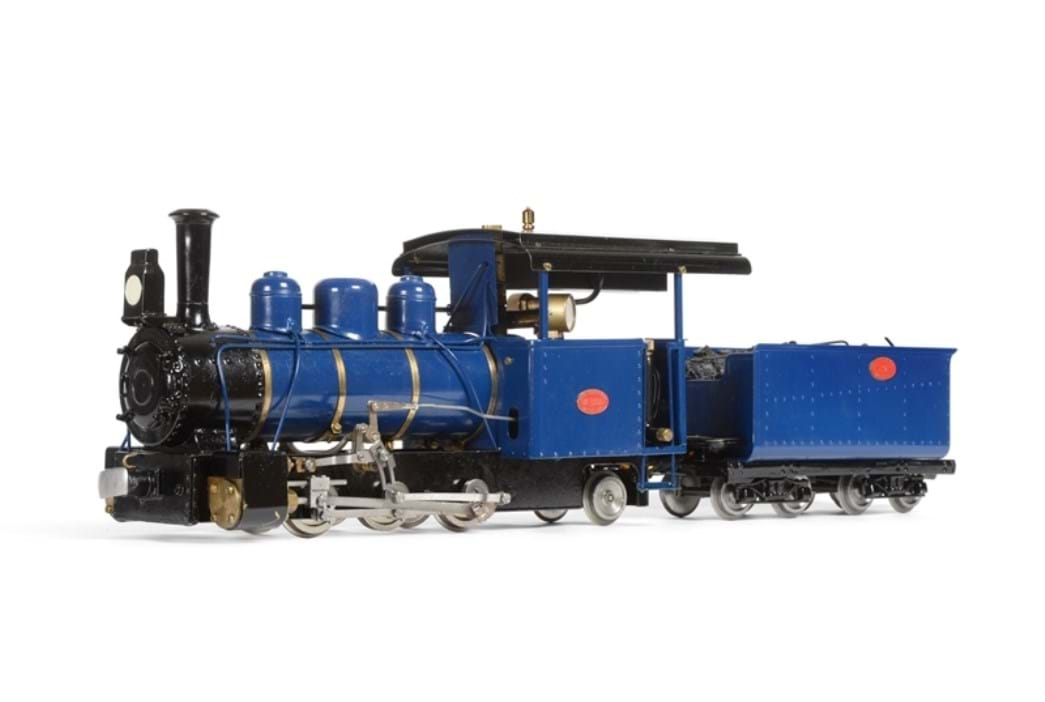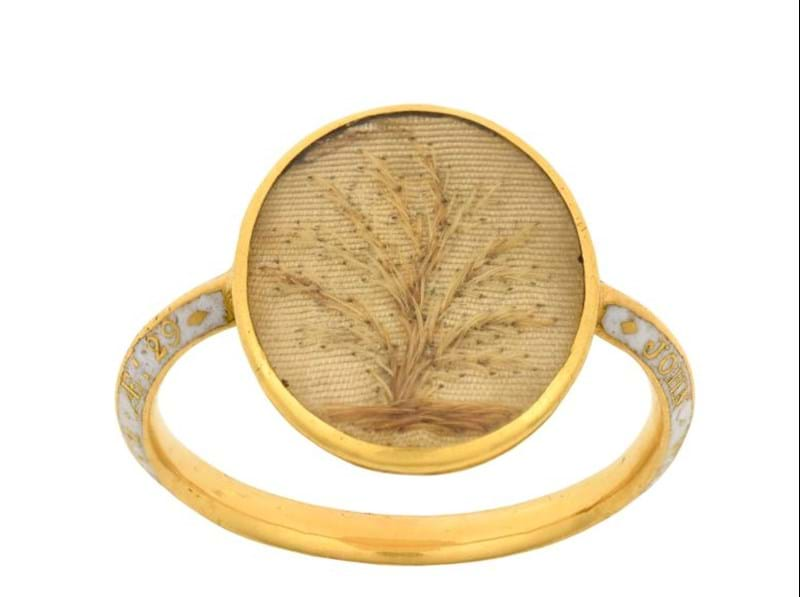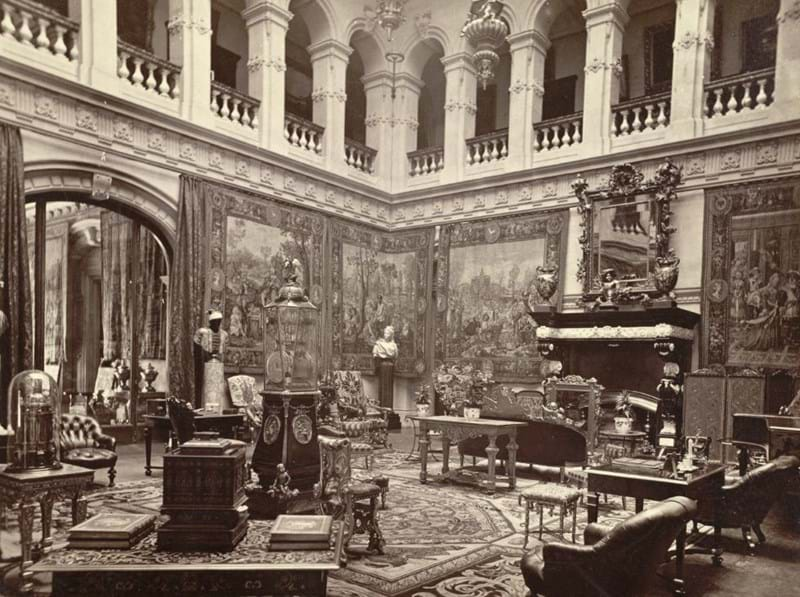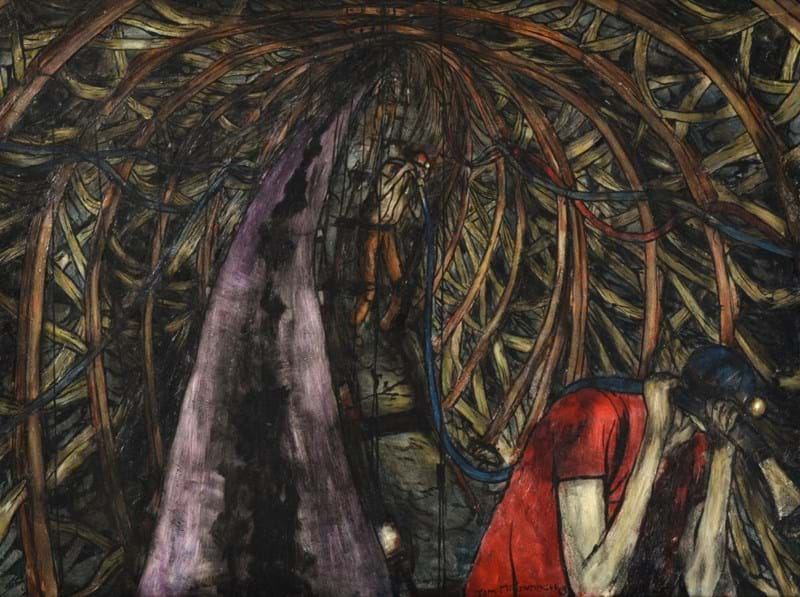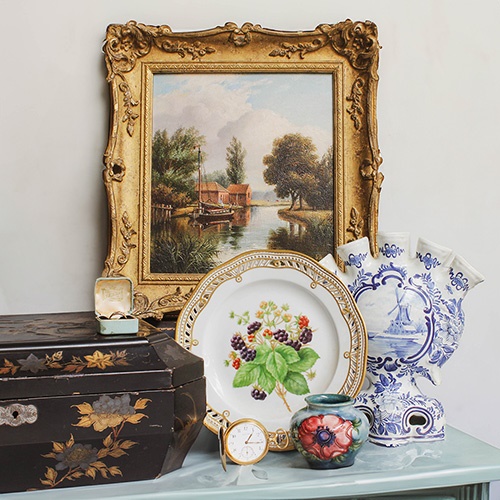The birth of the railways
The 19th Century brought with it huge technological advances from great buildings like Crystal Palace and the current Palace of Westminster, to sound recording and photography. The age saw changes like no time previously in history; it began with horse drawn carriages, pony messengers and sailing ships and ended with the motor car, radio and telegraph and the propeller driven liners of the Cunard and White Star lines. Steam power was harnessed not only to run the powerful mill and mining engines, but the idea of placing an engine on a carriage to provide the power required for locomotion was born. This was combined with a rather old practice (over 300 years even then) of putting these carriages on steel rails and the steam locomotive was created.
Initially used to pull coal and ore used in smelting processes, people could equally well travel in the wagons, particularly on their return journeys empty of cargo. It was found to be an extremely quick and convenient way of getting from A to B, so much so that it was worth paying for and then worth the owners while to purpose build a wagon with seats. In 1825 The Stockton & Darlington Railway introduced the first passenger rail service.
The first model trains
From the 1840’s onwards the railways exploded in Britain and around the world. Of course, as with all exciting technological advances, there is money to be made; not only directly but indirectly and somewhere in the 1850’s a model was made of one of these great iron horses with the idea that a child would like to play with it. This was the birth of the modern toy.
To begin with these models (made of wood or tin) were pulled along with string but the addition of a clock mechanism to provide power turned them into marvels of their own. They were made in all sorts of shapes and sizes and ran along the floor, but this was not realistic enough for any self-respecting child, track was needed. So track came in loops and ovals, this was much better, but still all these different sizes created other problems: each needed its own gauge of track and the coaches and wagons of one company could not be used with another, to make a proper train! Finally in the 1890’s the German company of Lutz/Marklin cracked the problem and introduced the first standard gauge track and gave it the imaginative name of Gauge 1. Now everyone could build their trains to run on the same lines, simple.
Well, not quite. Inevitably in battles reminiscent of the Betamax/VHS argument in the 1980’s companies produced their own versions of a standard gauge with a confusion of sizes and naming conventions epitomised by Ernst Planks Gauge VIII which was supposed to sound bigger and better than anyone else’s but was in reality somewhere between what are now gauges II and III. Fortunately this settled down and Marklins solution was accepted.
From gauge 1 the initial response was to build bigger and better models. These grandees of the toy train world were made in gauges II, III and even IV (almost twice the size of gauge 1) and are amongst the toymakers finest works but the downside was their expense. They were very much toys for the rich. To cater for the mass market ‘smaller’ was required and of course working down from IV to III to II to I next obviously was O and after the First World War this became by far the dominant gauge around the world
From model to toy
World War 1 changed many things in the model train market, especially the British market. From around 1890 to 1915, the young British entrepreneur Wenman Bassett-Lowke’s eponymous model railway company had lead the British market, selling scaled down versions of railways to wealthy people. Bassett-Lowke started by importing German model trains, applying liveries and designs that were seen on the UK railways and selling models to the wealthy middle and upper classes of Britain. Bassett-Lowke’s marketing was very clever – his railways were never toys, they were pieces of engineering and always models of the real thing. After World War 1 however, the market for German made products disappeared and many of Bassett-Lowkes wealthy clients had gone to fight but never come home.
In stepped Frank Hornby. Hornby had already made a fortune selling his first toy invention, Meccano and he had changed the toy industry for ever. He saw an opportunity to capture the enthusiasm of a whole new model railway customer – children. Entertaining and educational, Hornby launched his new toy train sets in 1920. Based on the O Gauge so that it could fit inside the new, smaller houses that were being built, Hornby’s sets could be improved and upgraded with an impressive range of electric and clockwork locomotives, coaches, wagons and all manner of lineside accessories.
Size matters
Time moves on and still smaller was required; an O Gauge layout required an entire room or loft to make it worthwhile. Half of O Gauge should naturally be HO Gauge (as it is in the rest of the world) but in Britain it became OO Gauge or for Hornby the legendary Dublo which is still the most popular scale for model rail enthusiasts – big enough to look good but small enough to fit on a table.
OOO Gauge (half the size again), created some real miniature trains and then for some unknown reason was renamed N Gauge. Z Gauge knocked off another third (we are now down to rails only 6.5mm apart) and making motors to power these trains is getting difficult but a whole layout with building and scenery can be carried in a small suitcase.
What next?
The Japanese halved the scale again to create T gauge a layout so small is requires tweezers to pick up the rolling stock, a magnifying glass to appreciate the models and can be a laid out in a sandwich tin! Will things get any smaller? With nanotechnology there is probably no reason why not although I doubt there is much enthusiasm to collect trains that can hardly be seen with the naked eye but if something can be done then no doubt someone will do it. My view is that as with happened in the 1990’s and attempts to make miniature televisions, people will stop and realise it’s all getting a bit silly and that the Victorians were right… bigger is better.
Model railways at auction
At Tennants, we hold regular Toy, Model and Collectable Sales where model railways and trains feature prominently. From classic Bassett-Lowke engines to more popular Hornby sets from all eras, model trains and railways generate a great deal of interest. With an ever-growing audience and some exciting items being featured, Model Railway Auctions are becoming an increasingly popular way of buying and selling model railways and trains. Whether you’re looking to buy or sell, come and see Tennants for specialist advice and sales.


